White Tea and Its History of Wealth and Health
TEATIME NOTES
Find tips, recipes, and articles to increase your delight and enjoyment of tea.
White Tea and Its History of Wealth and Health
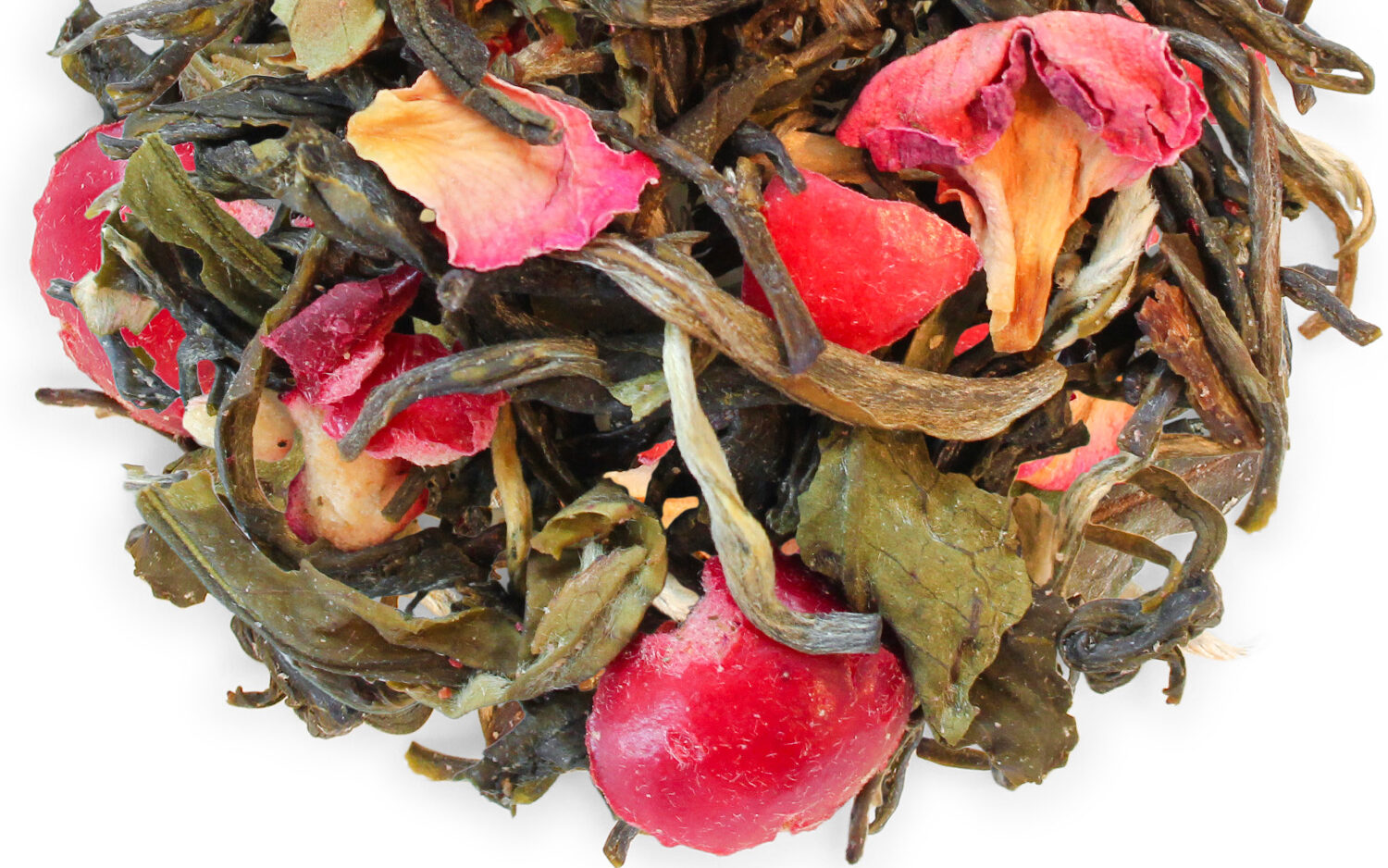
How the World Became Rich From Simple White Tea
By Erika Robertson
The popularity of black afternoon tea paired with tea cookies and scones is at the forefront of most tea enthusiasts' minds in the Western world. Iced tea infused with sugar and fruit is a refreshing summer staple in America. White tea might have been a mystery to most people on this side of the world — but now, tea lovers in the west are starting to embrace the unique flavors and health benefits of this prized and unique tea we have been missing out on.
Why is White Tea the Most Prized Tea? — A Short History of White Tea
Green tea was the first tea created and embraced by China. It wasn’t until the Tang Dynasty (618 - 907) or Song Dynasty (960 - 1276) that white tea was discovered. The preparation of this white tea was much different than how we make white tea today. Back then, young tea leaves were plucked and pressed into tea cakes. Pieces of these dried tea leaf cakes were broken off and steeped in stoneware.
White tea became popular during the Song Dynasty and it was so precious that only royalty was allowed to partake of this delicate drink. One rumor states that this white tea could only be consumed if served by virgins wearing silk gloves — and only as a tribute to the emperor. Another rumor states that the emperor had a special method for harvesting white tea leaves: the tea buds were cut with golden scissors into a golden bowl by the silk-gloved hands of virgins.
White tea was also prepared in a similar fashion to the way matcha is prepared and served today. White tea leaves were ground whole and whisked and enjoyed until the Ming Dynasty (1368 - 1644) when it was ruled that only whole loose leaf white tea leaves could be steeped and offered as a tribute to honor the emperor. The Ming Dynasty forever changed the way that white tea was harvested and created. These methods are still used to create white tea today.
How is White Tea Made?
You might assume that every kind of tea comes from a different kind of plant — just like different wines and coffees come from different kinds of grapes and beans. But, every single kind of green, black, oolong, and white tea are made from the same plant — the Camellia sinensis.
Out of this tea plant, two main varieties are harvested in India and in China. In India, the Camellia sinensis assamica is grown in warmer and sunnier climates. This creates a larger leaf with a bold and robust flavor. Most of the world’s black teas are harvested from this plant.
The Camellia sinensis sinensis is the Chinese variety of the same plant. This tea plant grows in mountainous and colder areas and the smaller tea leaves create a more delicate and sweeter kind of tea. About 80% of the world’s green teas are grown in China from this one amazing plant — including white tea.
Black, oolong, and green teas go through a variety of complex steps that manipulate the tea leaves. Using techniques like oxidation, rolling, shaping, and locking in flavor using heat, different flavors and kinds of tea are defined.
White tea is handled much less in the production process than other teas. It is handled so little that many kinds of white tea leaves have tiny white hairs all over that remain from the harvest. White tea goes through as few steps as possible in order to embrace the natural characteristics and flavor of the original tea leaf in all its purity. Here is how white tea is made:
- Plucking the Tea Leaves
White tea leaves are not harvested in the same method that other tea leaves are. There is great care that is taken when plucking these delicate tea leaves from the long stalks of the Camellia sinensis. Silver Needle and White Peony tea leaves are usually grown in the Fujian Province and are plucked in the early spring — between the middle of March and the middle of April. Their very young buds are tight and their leaves are unblemished.
- Withering the Tea Leaves
White teas are not processed nearly as much as green, oolong, and black teas. After these perfect buds and leaves are plucked from their stalks, they are withered. During this stage of the process, the tea leaves are left out to dry to reduce moisture. This step can be done outside if the weather permits or inside where humidity and airflow can be better controlled.
Black and oolong teas go through a heavy oxidation process that brings out bold flavors and allows the tea leaves to withstand higher temperatures of water. Green tea is not oxidized at all. White tea encounters mild oxidation in the withering process. This creates a tea that can ultimately withstand higher temperatures than green tea.
- Drying the Tea Leaves
When the white tea leaves are done withering, they are dried. The drying stage of the tea-making process locks the flavors and the characteristics of the tea into place. At this stage the white tea leaves might be shaped slightly — but the tea leaves are treated so that they stay as pure and untouched as possible. The flavor is as close to the natural tea leaf as you can possibly get.
What Makes White Tea the World’s Best Tea?
White tea is the most sought-after tea among tea connoisseurs. It is meticulously made from the freshest, youngest, and sweetest tea leaves in the world. It is handled with extreme care and treated in a way that brings out the tea leaves’ most natural and potent flavors.
White tea has an incredible amount of health benefits that are similar to green tea. It’s loaded with antioxidants, elevates dental hygiene, promotes healthy levels of cholesterol, and reduces blood sugar. If you want to enjoy the full flavors and benefits of white tea, drink it on its own.
The most popular types of white tea in the world are the Silver Needle and White Peony — when they steep they create a beautiful delicate golden tea. Silver Needle tea is long and uniformly shaped and has a silvery-colored tip at the end of each leaf. Its flavor is sweet, flowery, and woody. White Peony tea leaves are a beautiful spectacle — each one is made from two whole leaves and one bud. Its flavor is sweet, slightly roasted, and nutty.
Shop the Healthiest and Loveliest White Teas
The tea industry needs a little cleaning up and Teabloom is on a mission to enlighten and provide the best solutions to tea drinkers all over the world. Their loose leaf white teas are USDA Certified Organic and they are Kosher Certified.
Teabags are polluting the environment, but Teabloom’s teabags are better than biodegradable - these teabags are 100% compostable. They are also designed with quality in mind. Their pyramid tea sachets are roomy enough for the highest quality loose leaf teas. Now, you don’t have to settle for bitter flavors and low-quality tea dust in your teabags.
Teabloom is known for its enormous selection of borosilicate glass teaware. Do you drink ta from porcelain or stoneware teapots and teacups? If you do, did you know that you are most likely drinking toxic tea? Teabloom wants to help people live longer and healthier lives. They want you to enjoy the real pure flavor of your teas — not tea infused with cadmium and lead. Borosilicate glass teacups and teapots are the strong, long-lasting, easy-to-clean alternative for all of your traditional teaware. Borosilicate glass makes your tea taste better than you’ve ever tasted.
Take a look at all the alternative and environmentally-friendly teaware and teas that Teabloom has to offer. Start your new clean tea routine today!



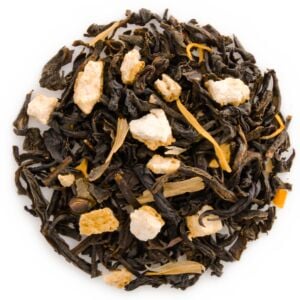
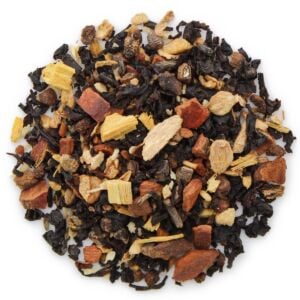
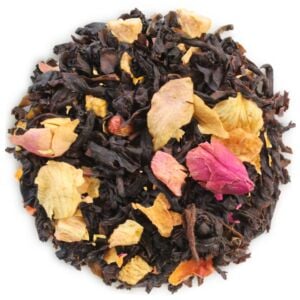

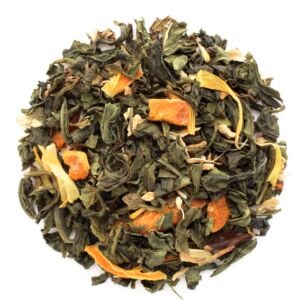
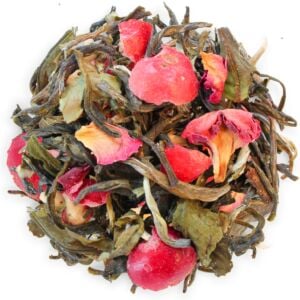
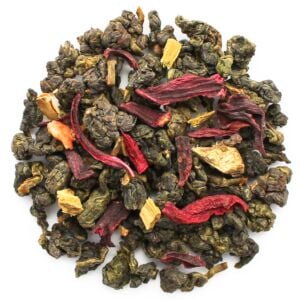
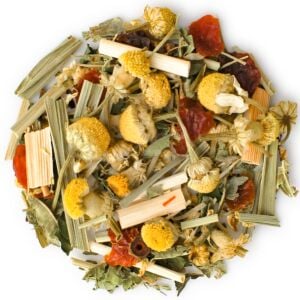
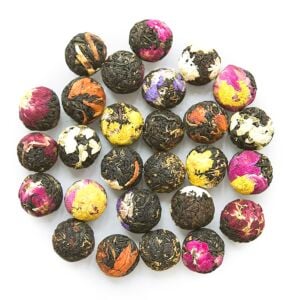


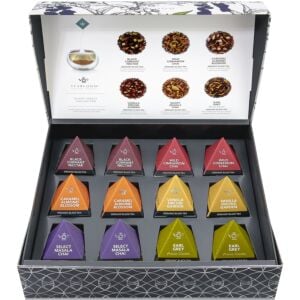
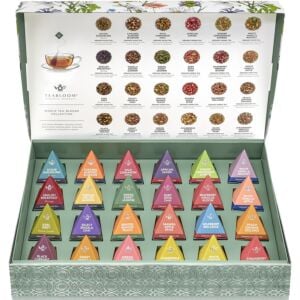



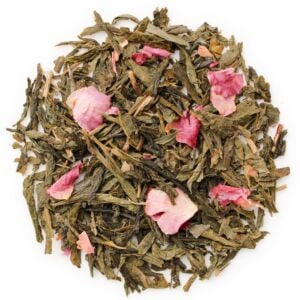

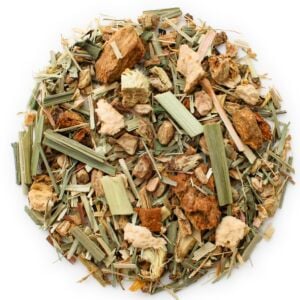

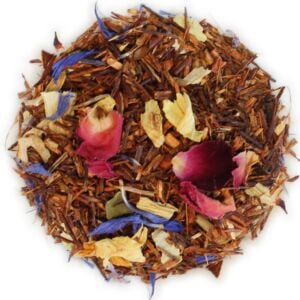
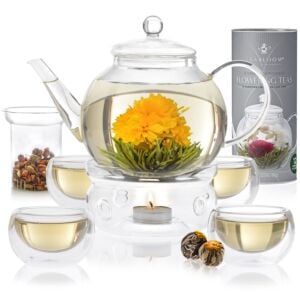
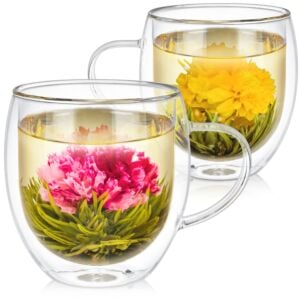
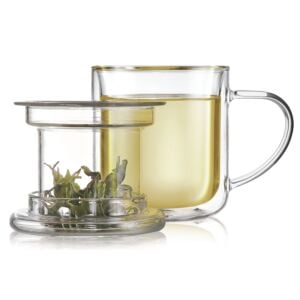
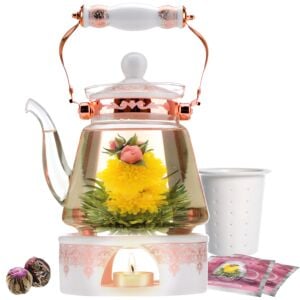
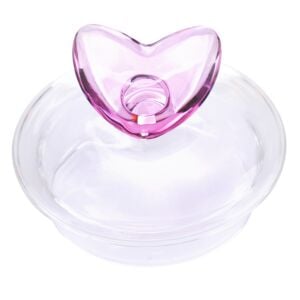
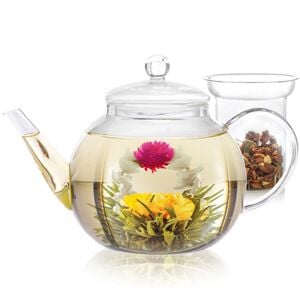


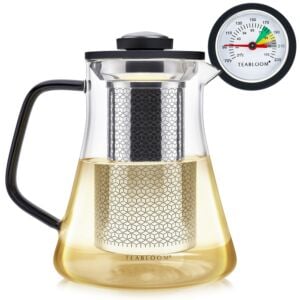
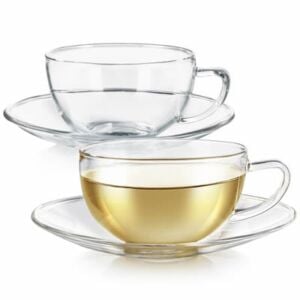
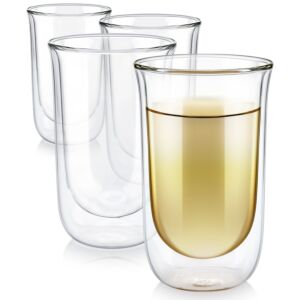
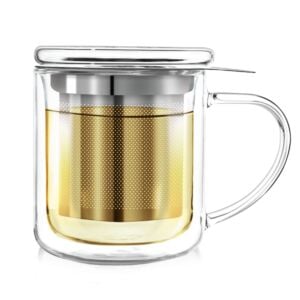
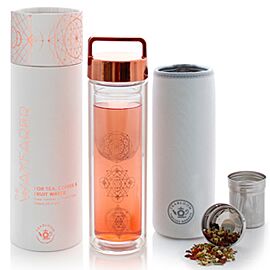

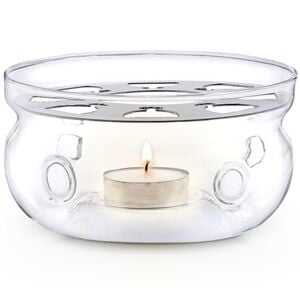
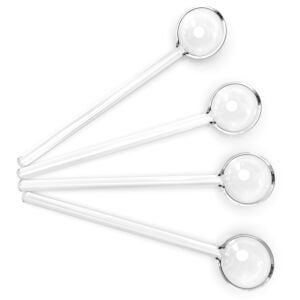
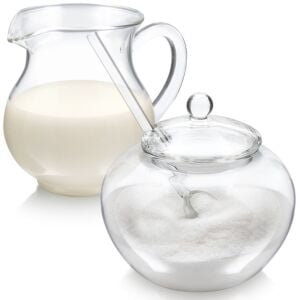
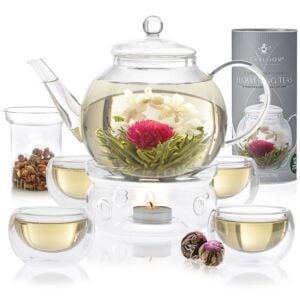
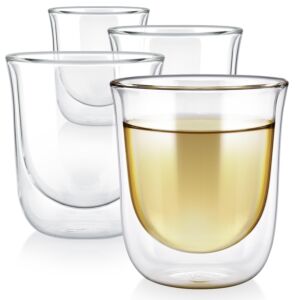


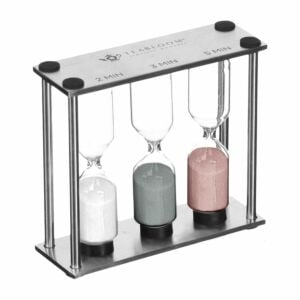
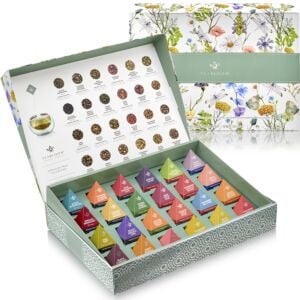

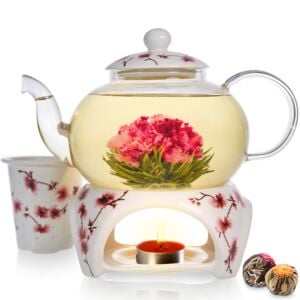
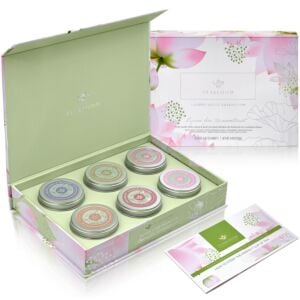

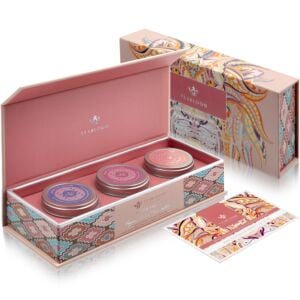



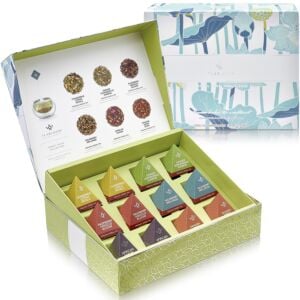
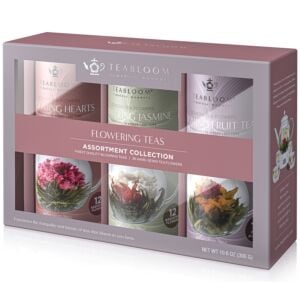


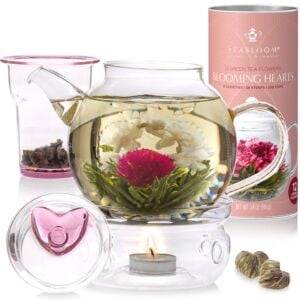

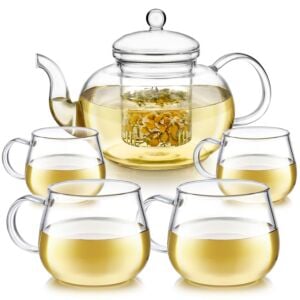



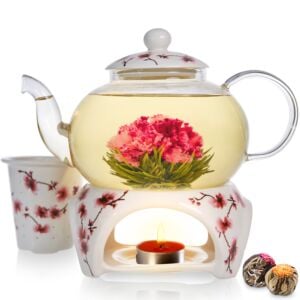
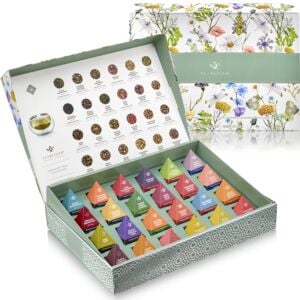
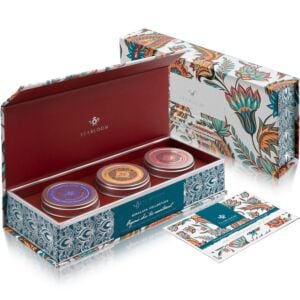
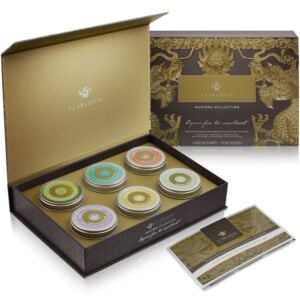


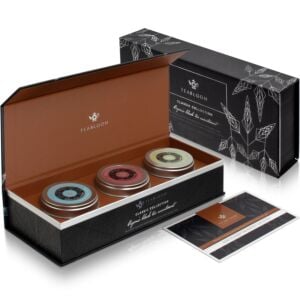



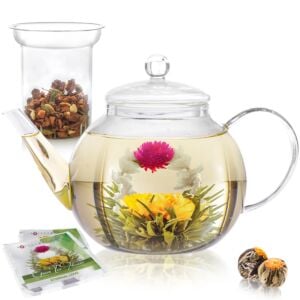
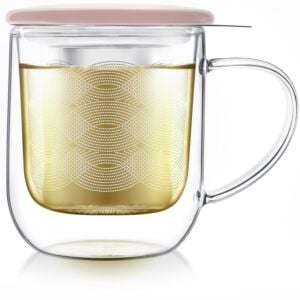

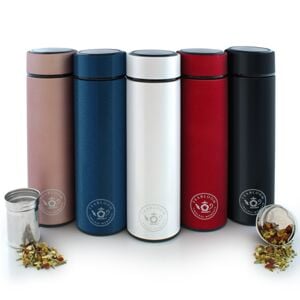
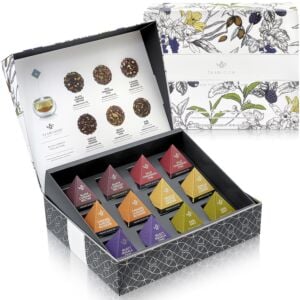


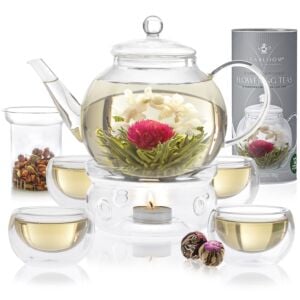
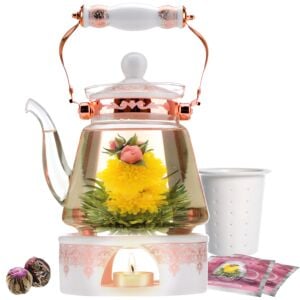
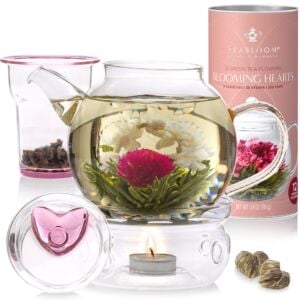


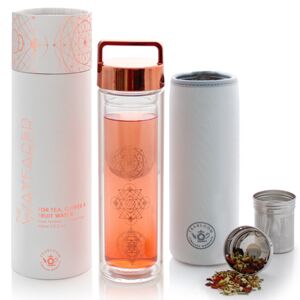

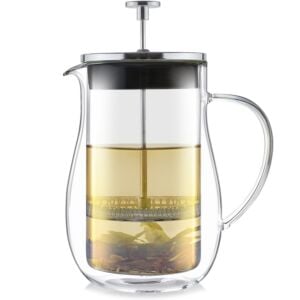


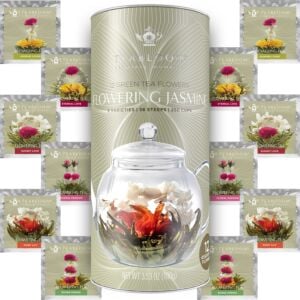


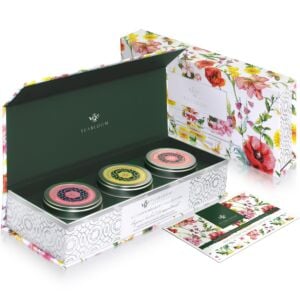



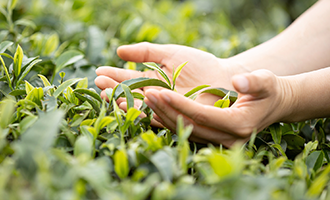
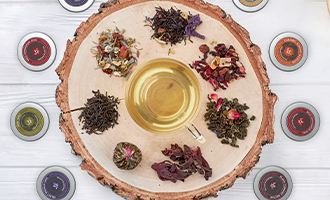
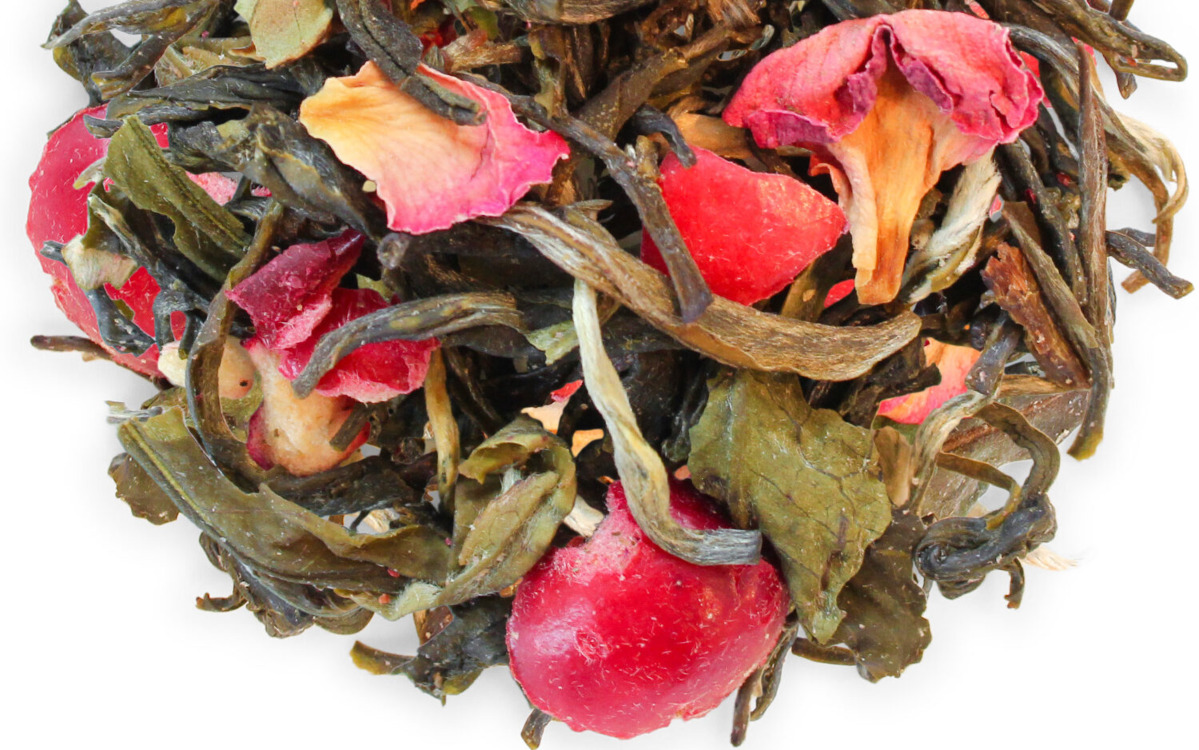



Share your thoughts